What herbs are most common in the garden?
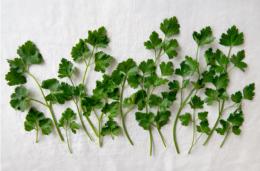
People began to eat spicy plants much earlier than salt. Over the thousand-year history of their use in various dishes to give them taste or aroma, they have not lost their popularity. Once upon a time they fetched a lot of money for spices. Most often these were the so-called classic spices, which were brought from India and China.
But in each area there were also local spices, which were most often used in fresh or dried form. Local spices can be divided into spicy vegetables and spices. Let's consider herbs in the garden that you can grow yourself. Let's start with the most common plant, which is found in every garden.
Content:
Dill as the most popular herb
Among the herbs, there are some that are so widespread and familiar to gardeners that they do not pay any attention to them. All efforts to grow them ended with them being sown once and forgotten. The leader among such plants is, of course, dill.
Dill or fragrant dill
In the wild, this plant can be found in Asia, Africa, Iran and the Himalayas. As a spicy garden plant, it is widespread throughout the world. Belongs to the Umbrella family. Popularity dill won primarily because of its pleasant, refreshing taste and aroma.
In addition to its use in cooking, dill is used in medicine and perfumery.Its leaves contain many vitamins, minerals, essential oils and other beneficial substances.
Adding dill to food in any form has a beneficial effect on the gastrointestinal tract, on the processes of digestion and absorption of food. Decoctions of dill seeds reduce gas formation and have a mild diuretic effect. Dill and its fruits are also used for diseases of the lungs, heart, and blood vessels.
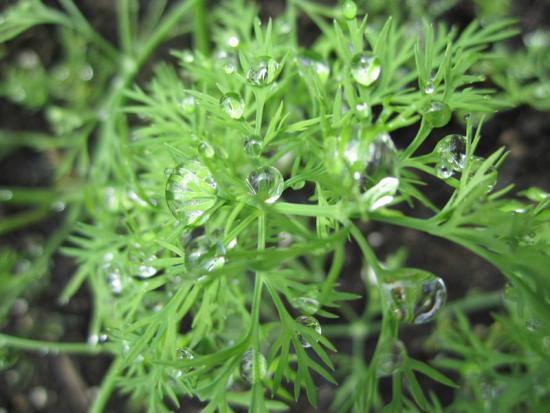
Unfortunately, few gardeners are puzzled by growing varietal dill, although modern selection offers several varieties of this herb. The best modern varieties of dill are:
- Aurora, early
- Abundantly leafy, medium
- Bushy, medium
- Alligator, late
- Dill, late
Dill has a hardy, even spartan character, and if basic agricultural techniques are followed, it can become the basis of a family business.
Dill Alligator
Alligator is a late bush variety. The variety is suitable for producing greens for food and sale. The rosette of leaves of this variety is large and vigorous. The leaves are quite large, dissected, green-gray in color. The petioles of the leaves are long and thick. About 45 days pass from the moment the cuttings sprout into greenery.
For personal needs, you can periodically pluck a couple of leaves from the bush. To sell greenery, you can cut off the entire rosette. The variety produces up to 10 tons of greenery per hectare. Dill is far from the only herb that is popular among gardeners.
Common herbs
In addition to dill, you can grow in your gardens:
- basil
- cilantro
- tarragon
- hyssop
- extragon
- mustard
Let's take a closer look at the most famous and popular plants.
Garden basil or sweet basil belongs to the Lamiaceae family. Common as a local herb grown for culinary purposes.Added to meat and fish dishes, served as greens. Common varieties of purple basil:
- Purple salute
- Thai Queen
- Table
Varieties of green basil:
- Tone
- Green cornflower
- Dreamer
Basil variety Purple salute
The plant has very beautiful dark purple leaves. Early variety, cut to greenery perhaps as early as the fortieth day after germination. Valued for its pleasant peppery-clove scent. Suitable for soups, meat and fish dishes, used for making sandwiches and sandwiches.
Cilantro or coriander
This plant belongs to the Umbrella family. It is noteworthy that the greens are usually called cilantro, and the seeds are called coriander. Leaves and seeds contain essential oils, tannins, organic acids, and vitamins. Despite the specific smell of greenery, reminiscent of the smell of berry bugs, the plant is popular in many national cuisines. The most successful varieties are:
- Stimulus
- Amber
- Firstborn
Coriander variety Yantar
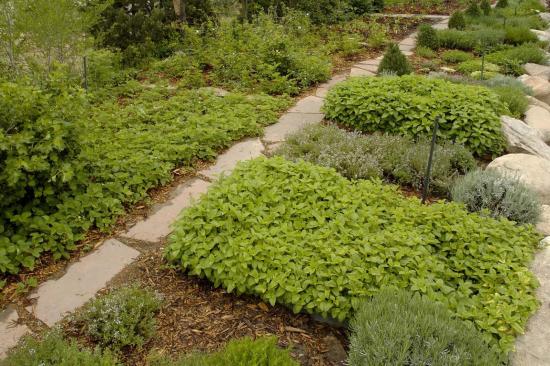
Launched in 1976. Early. 95 days pass from the moment the seedlings emerge until they reach technical maturity. The bushes are quite tall, up to 0.5 m in height. Resistant to lodging. Fresh herbs are consumed in salads, fillings, and served with barbecue. Dry seeds are stored for future use. From one hectare you can get seeds up to 1.6 tons. Demanding on soil fertility. It is optimal to grow on well-fertilized black soil.
Lesser known herbs
In addition to spicy herbs, the names of which are familiar to many, there are plants that are also classified as local spices, but their names are not heard very often. This is first of all:
- wormwood
- wormwood roman
- rue
- kalufer
- angelica
All these plants have a specific smell and taste.
Tansy balsamic or kalufer
A plant from the genus Tansy of the Asteraceae family. Although the name is not very familiar, it has been grown as a spice for more than three thousand years. Sometimes called balsamic rowan or Saracen mint. A perennial plant that grows in fairly tall bushes. Young leaves, buds and flowers are eaten. Add to homemade kvass and sweet cottage cheese dishes. In some countries it is used in brewing.
The world of herbs is very diverse, some grow for years in one place, others grow as annual crops. All of them are capable of adding a new taste to familiar dishes, and if desired, you can even plant a whole garden of various herbs.
Video about growing herbs at home:

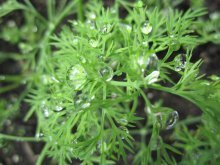
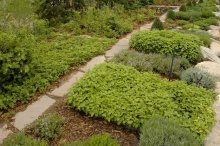
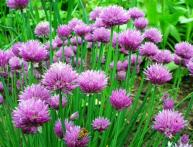
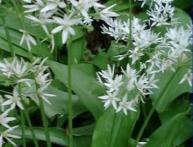
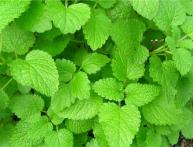
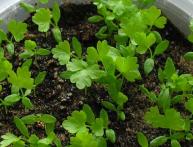
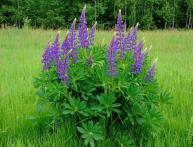
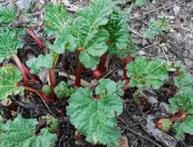
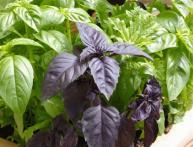
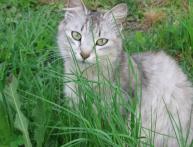
Comments
From herbs I grow tarragon, celery, parsley and two types of mint. I don’t specifically plant dill, but it has been self-seeding on the plot for a long time, so there are no problems with it. I don’t plant cilantro and basil regularly, but there are years when I want to add them to the salad.